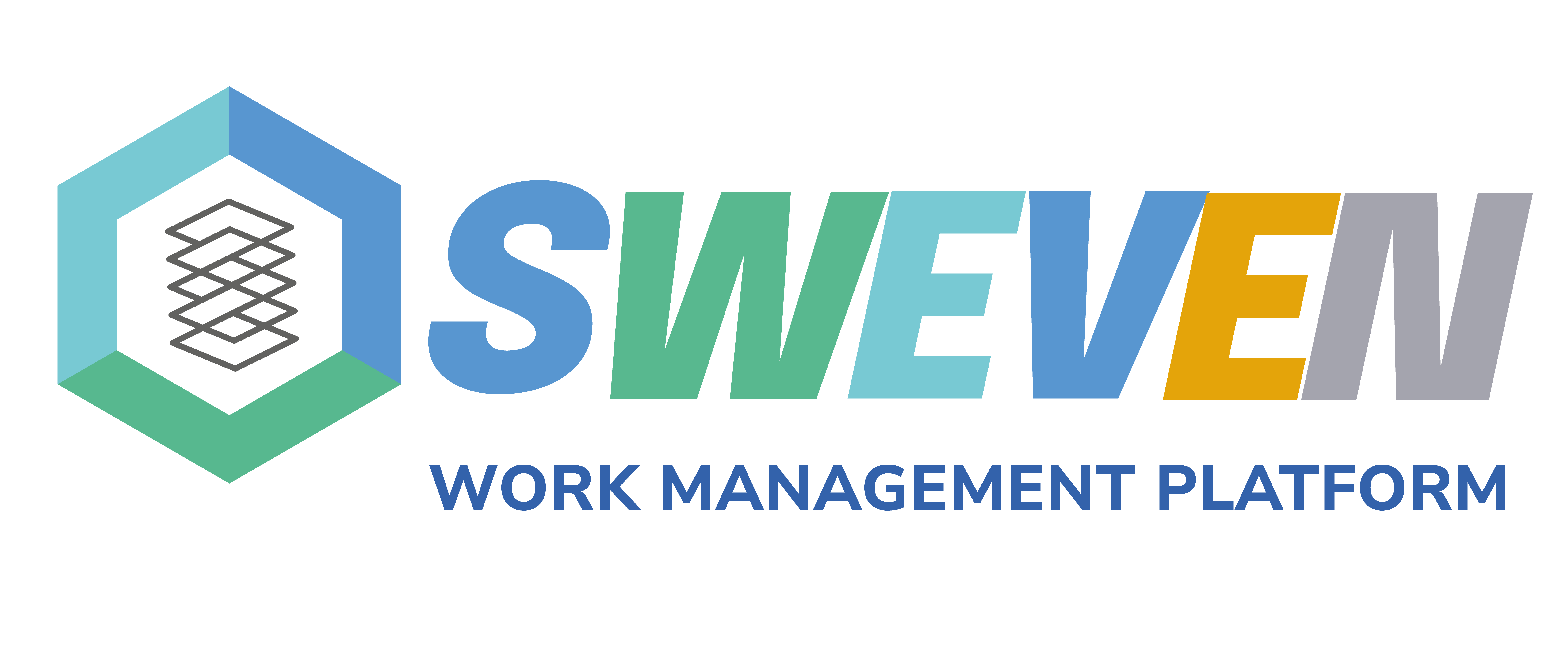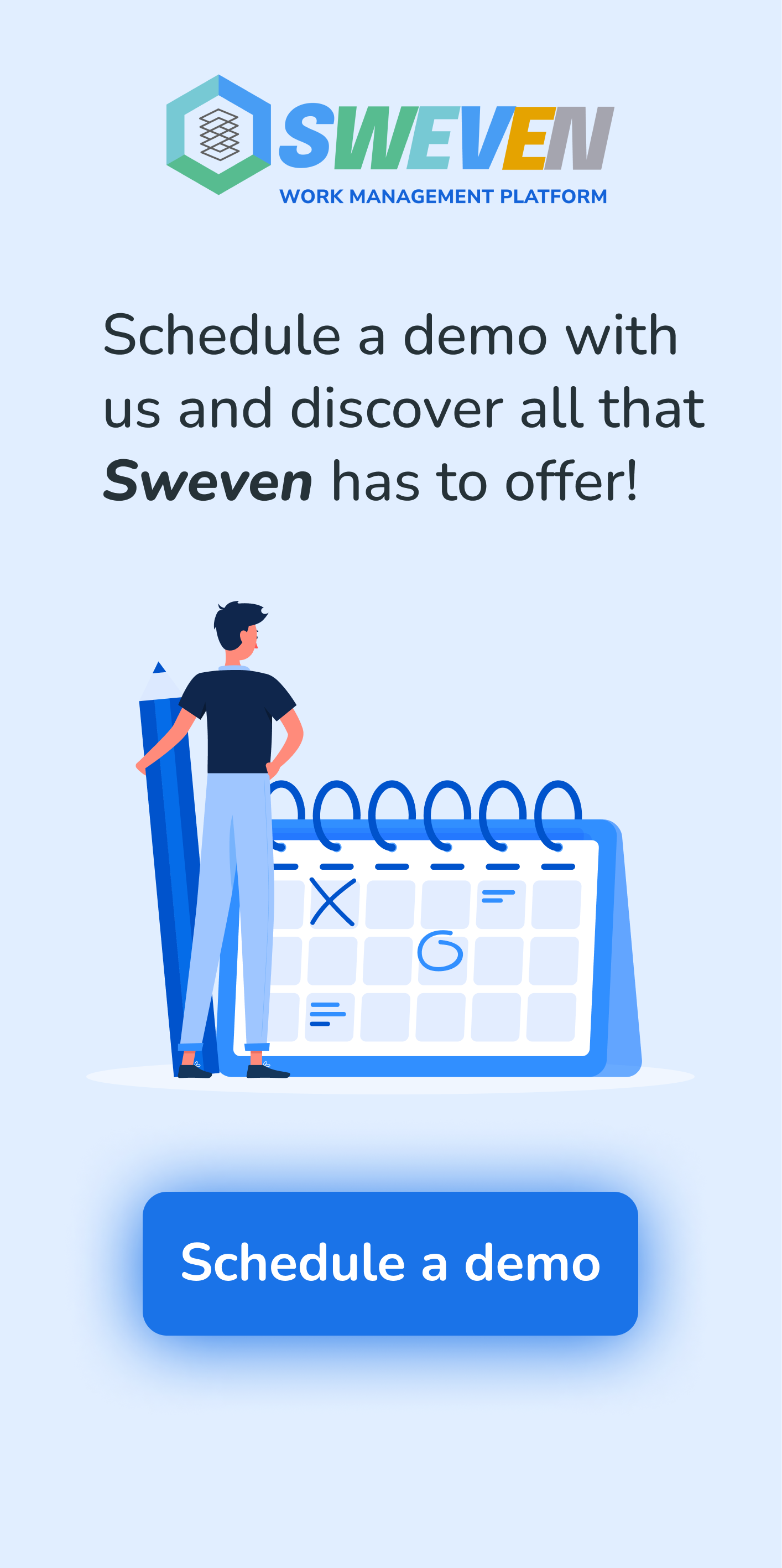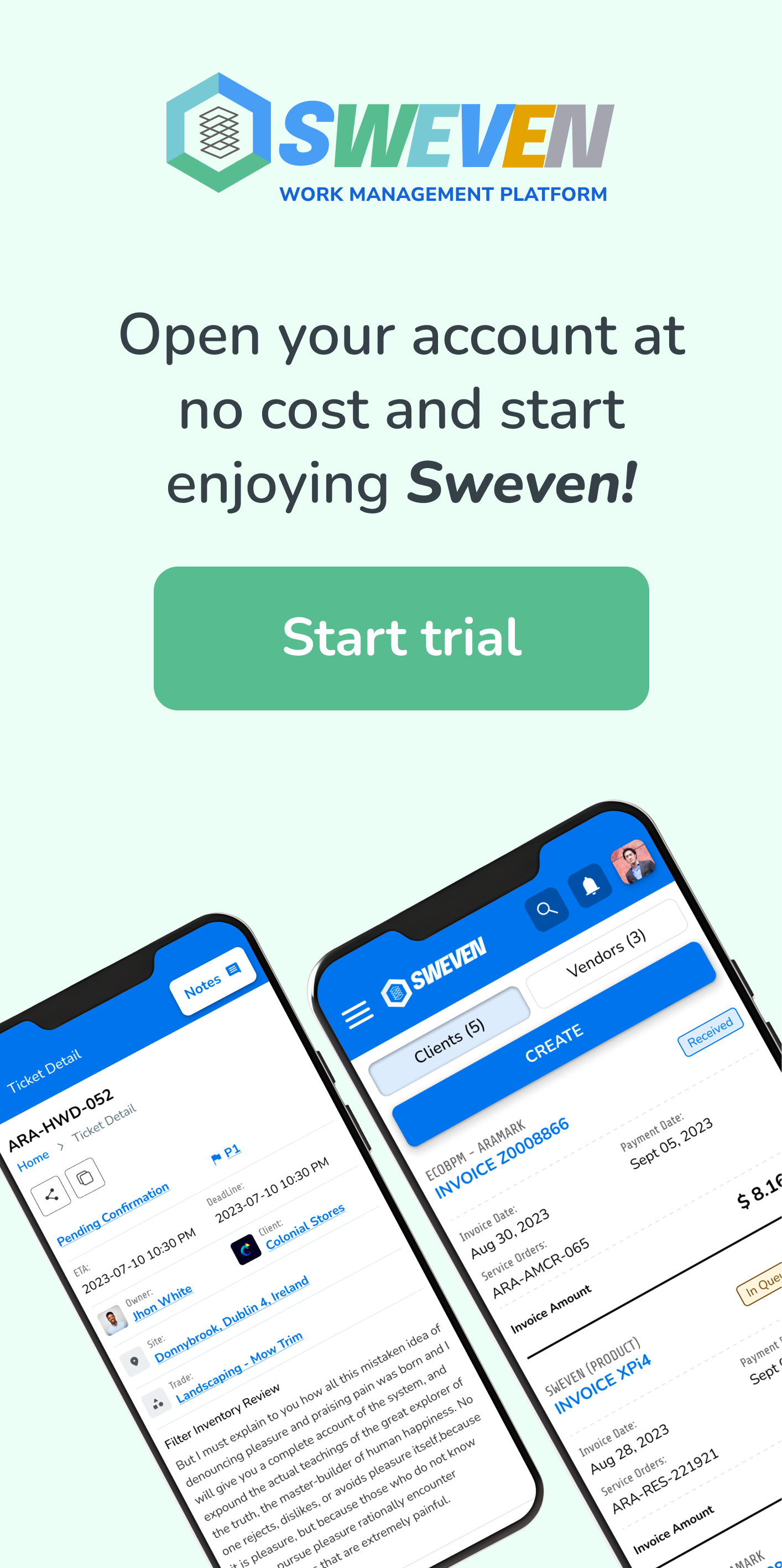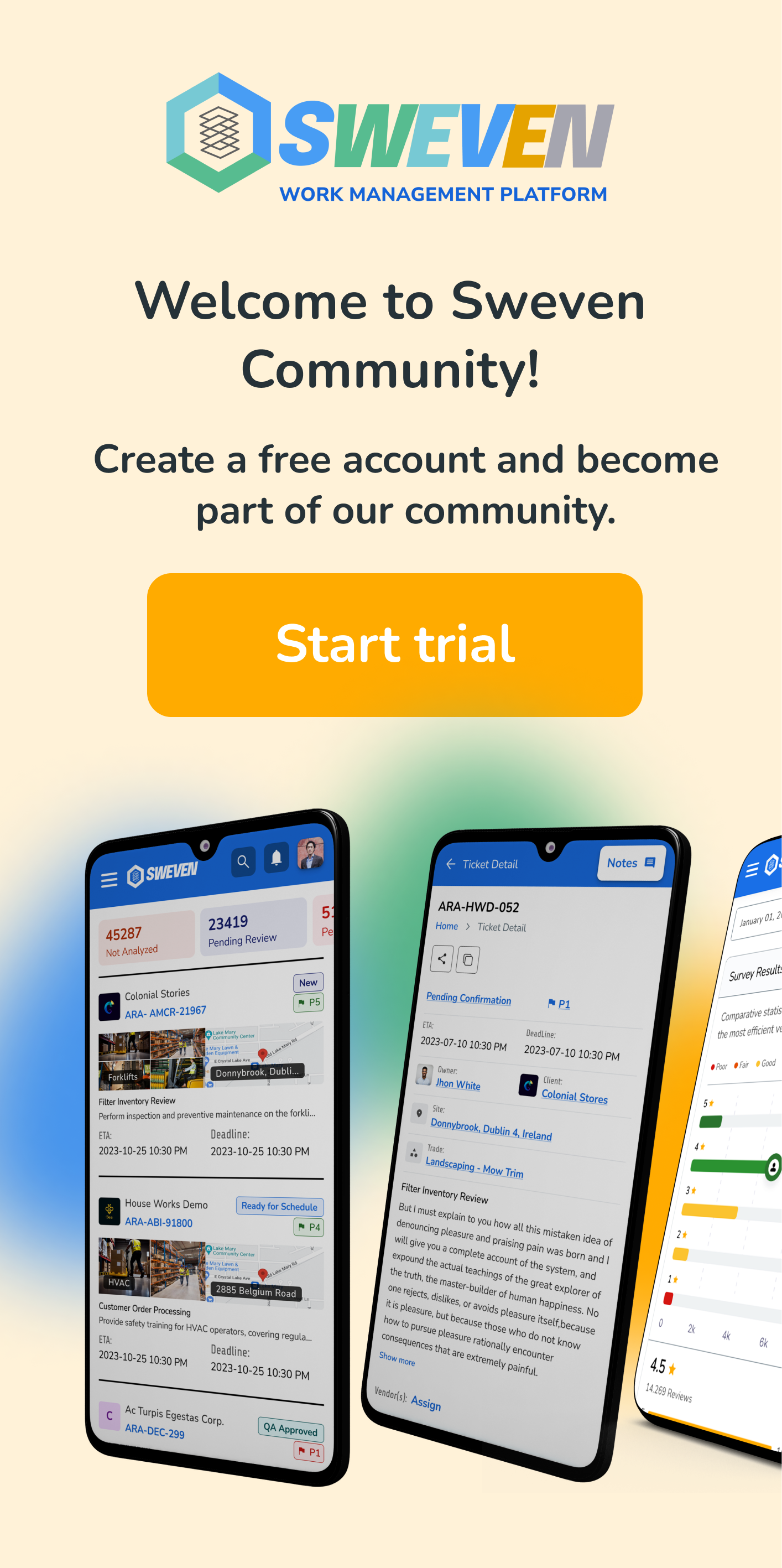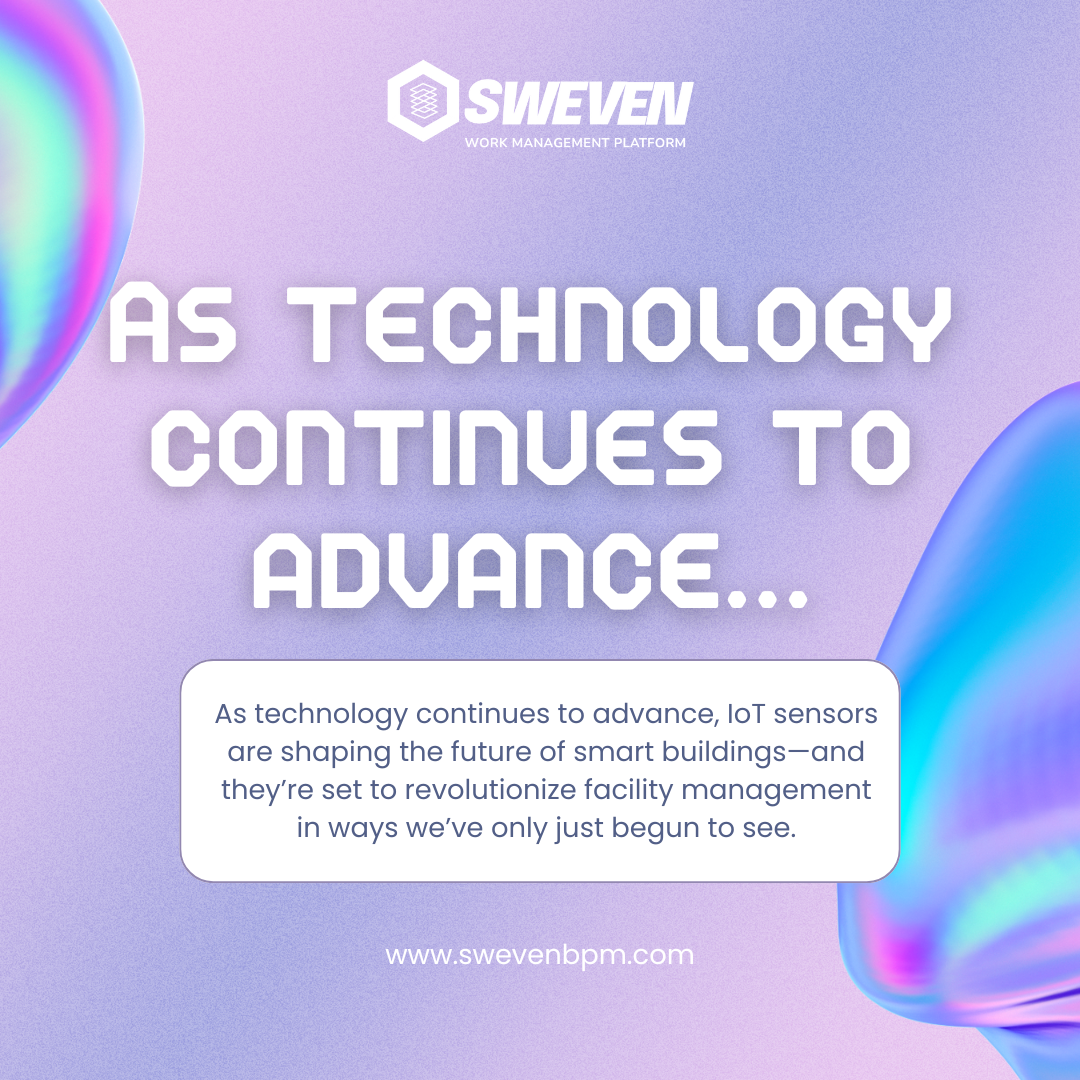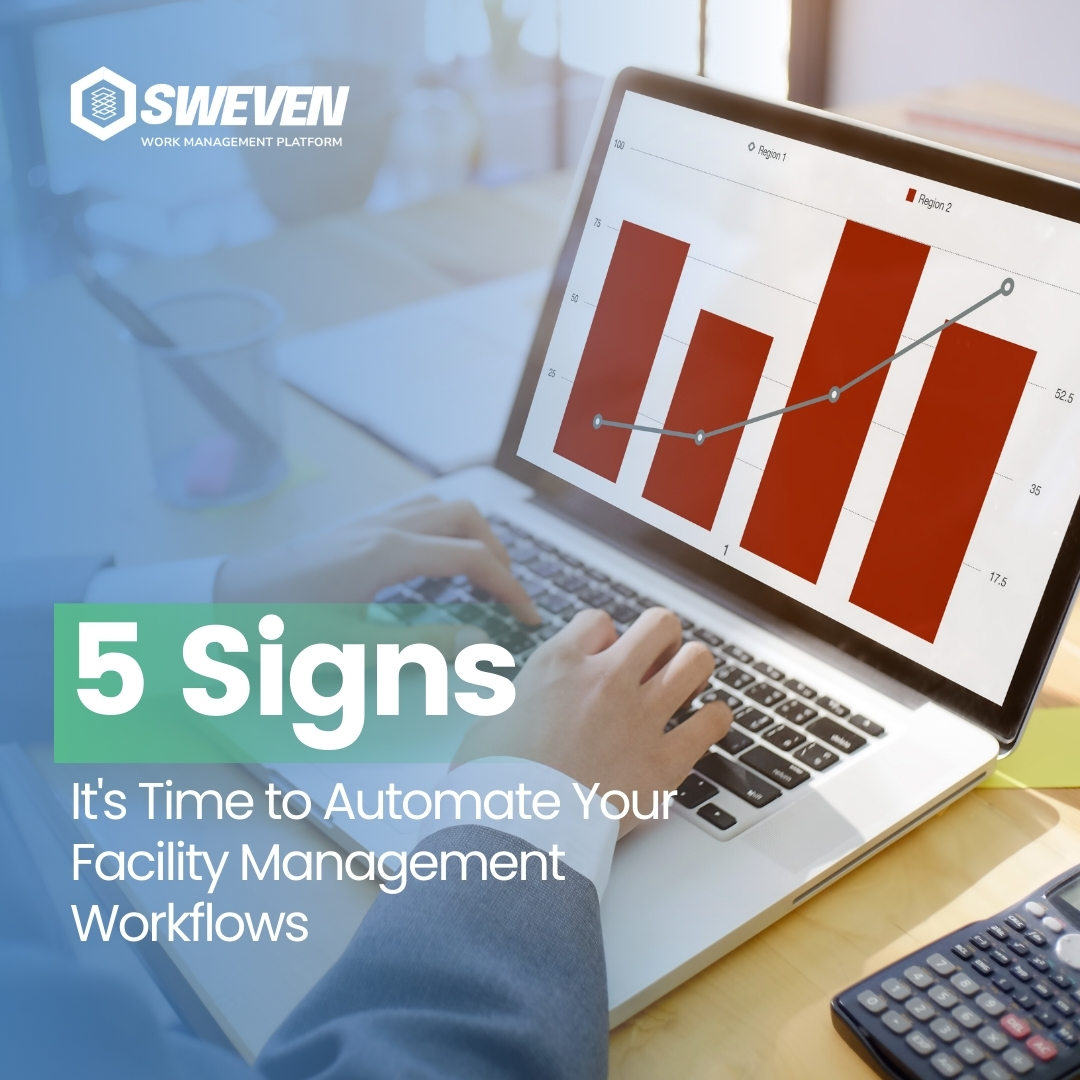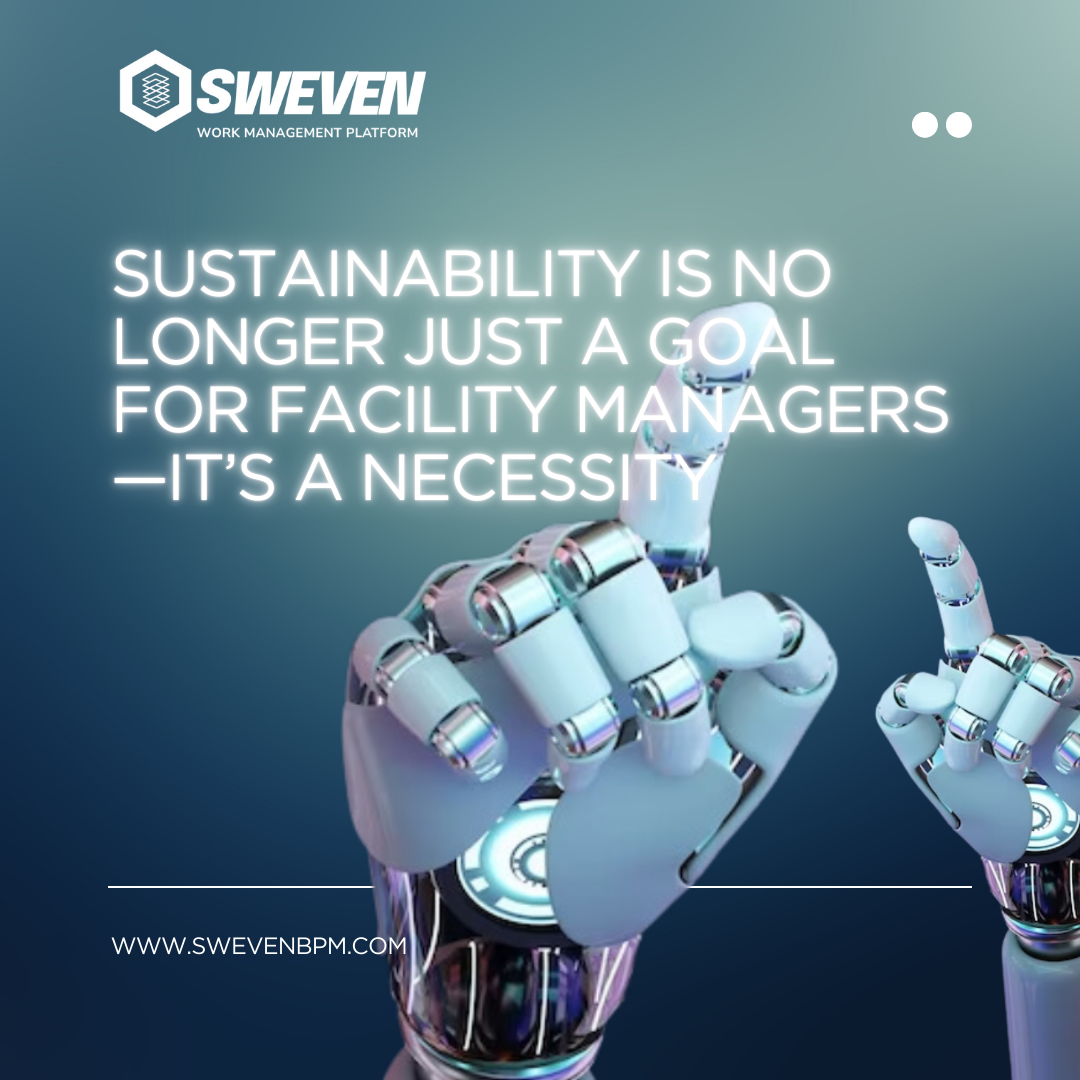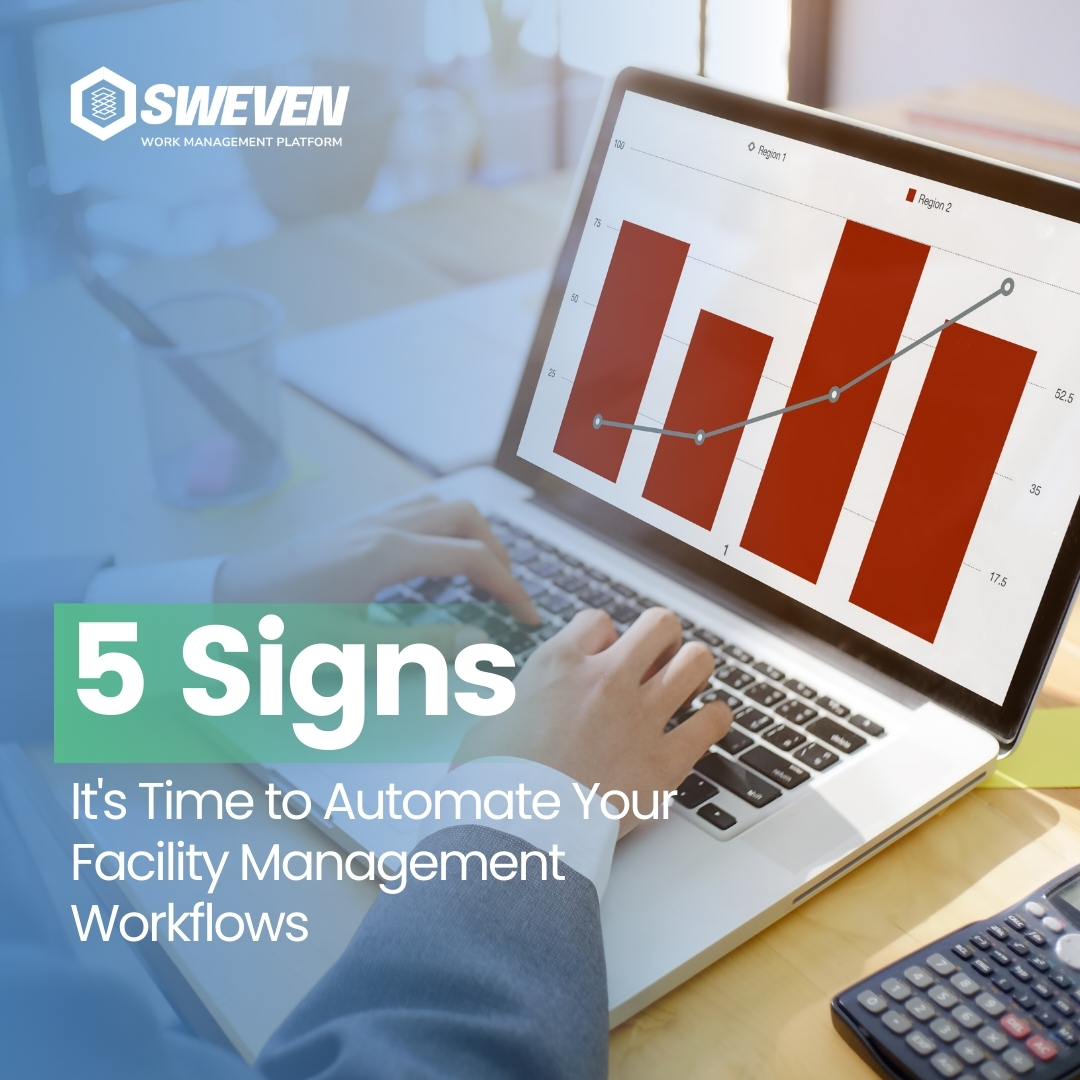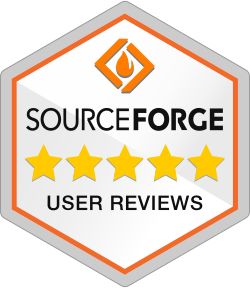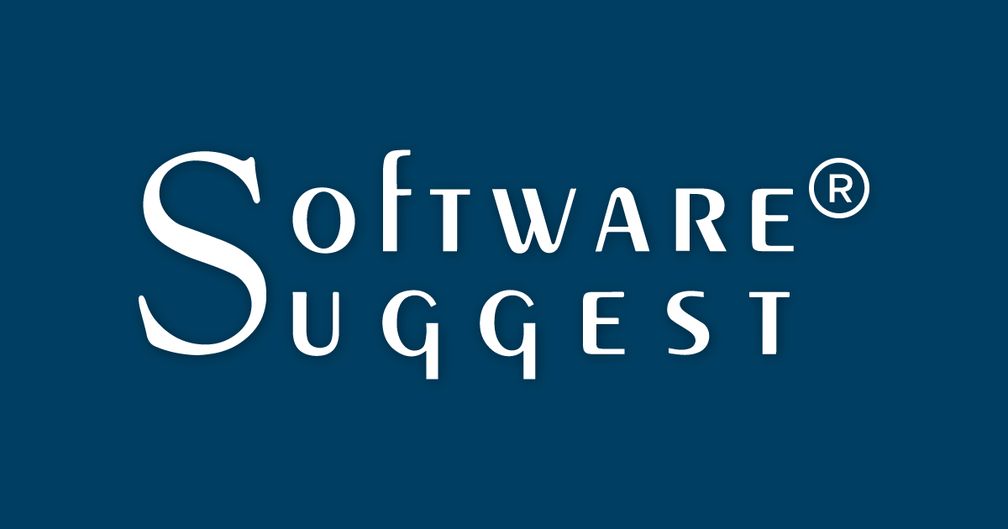
Client portals are invaluable tools that allow businesses to manage their customer interactions, service requests, and data sharing seamlessly. However, without a clear understanding of how to use them effectively, they can become overwhelming and underutilized. By optimizing the use of client portals, businesses can enhance client relationships, improve communication, and streamline workflow processes.
This ultimate guide will walk you through the best practices for navigating client portals with efficiency and show how you can unlock their full potential for your business.
1. Understand the Features and Capabilities of the Portal
The first step to navigating a client portal effectively is to understand its full range of features. Many portals offer more than just a space for sharing documents or submitting service requests. Features may include task management, real-time communication, collaboration tools, analytics, and reporting.
- How to Optimize: Take time to explore and understand all the available features. Watch training videos, read the user manual, or request a demo from the provider to ensure that you and your team know how to use each feature to its fullest.
2. Customize Your Dashboard for Quick Access
Many client portals allow you to customize your dashboard to display the most relevant information at a glance. Customizing the interface for your unique workflow can save time by eliminating the need to navigate through multiple menus to access frequently used features or information.
- How to Optimize: Set up your dashboard to display pending tasks, recent communications, upcoming deadlines, and important reports. This way, you can access everything you need right from the home screen.
3. Leverage Automation for Routine Tasks
Automation is one of the most powerful tools client portals can offer. Whether it’s automatically generating reports, sending reminders, or syncing information between systems, automating routine tasks can save time and ensure nothing falls through the cracks.
- How to Optimize: Identify repetitive tasks in your workflow and set up automation within the portal to handle them. For example, you can automate the distribution of client invoices or the scheduling of follow-up meetings.
4. Organize Documents and Resources Efficiently
Client portals often serve as a repository for documents, contracts, and other resources. Having a well-organized structure for these files helps prevent confusion and ensures that clients and internal teams can quickly access the necessary information.
- How to Optimize: Create a clear and logical folder structure for organizing files, labeling them in ways that make them easy to search. Encourage clients and team members to follow this structure when uploading or accessing documents.
5. Utilize Collaboration Tools to Improve Communication
Many client portals come equipped with communication and collaboration tools, such as message boards, video conferencing, and shared task lists. These tools can greatly improve the speed and clarity of communication with clients and internal teams.
- How to Optimize: Use these tools to centralize communication so that all relevant messages, updates, and feedback are in one place. Set clear communication protocols, such as who to contact for specific issues and how often to check the portal for updates.

6. Monitor Metrics and Analytics
One of the major advantages of client portals is the ability to track and analyze performance metrics. Whether it’s client engagement, task completion rates, or project milestones, having access to real-time analytics can provide valuable insights for decision-making.
- How to Optimize: Regularly monitor key metrics within the portal to stay informed about the status of client projects, identify bottlenecks, and assess overall performance. Use these insights to make data-driven improvements to your workflows.
7. Keep Clients Informed with Status Updates
Clients value transparency and regular communication. Many client portals allow you to send automatic status updates or share progress reports with clients in real time. This not only keeps clients informed but also reduces the need for them to reach out with questions.
- How to Optimize: Set up automatic notifications and periodic updates that clients can access directly through the portal. This eliminates manual reporting and keeps clients in the loop on project progress without constant back-and-forth communication.
8. Provide Ongoing Training for Users
Even the most user-friendly portals can have a learning curve, especially for new clients or team members. Offering ongoing training ensures that everyone knows how to navigate the system and fully utilize its features.
- How to Optimize: Create tutorials, FAQs, or host live training sessions to ensure users are comfortable with the portal. Encourage your clients to take advantage of these resources to reduce support inquiries and improve their overall experience.
9. Ensure Security and Compliance
Client portals often contain sensitive data, making security and compliance critical. Most portals come with built-in security measures such as data encryption, user authentication, and access control, but it’s important to stay vigilant and make sure your portal’s security features are properly configured.
- How to Optimize: Regularly review security settings, ensure strong passwords, and limit access to sensitive data based on user roles. Stay informed about compliance requirements, especially when handling data subject to industry regulations like GDPR or HIPAA.
10. Continuously Evaluate and Improve the Process
Client portals are not static tools; they should evolve as your business and clients’ needs change. Regularly evaluate how the portal is being used and identify any areas for improvement. This could include adding new features, improving user training, or adjusting workflows to better fit your business processes.
- How to Optimize: Gather feedback from clients and team members about their experience with the portal, and use this feedback to make continuous improvements. Regularly revisit workflows and processes to ensure they remain efficient and aligned with your business goals.

How Sweven BPM Can Help
Sweven BPM’s robust platform integrates seamlessly with client portals, helping you streamline client interactions and automate key processes for improved efficiency. Here’s how Sweven BPM can enhance your experience with client portals:
- Automation and Workflow Management: Sweven BPM allows you to automate repetitive tasks, such as order processing or generating reports, directly within the client portal. This saves time, reduces manual errors, and ensures that processes run smoothly.
- Centralized Data and Analytics: With Sweven BPM, you can monitor real-time performance metrics and analytics for all your client interactions in one place. It provides customizable dashboards that give you a bird’s-eye view of key data points, helping you make informed decisions.
- Seamless Communication and Collaboration: Sweven BPM enhances client portal communication by integrating messaging, file sharing, and task management features into a single platform. This enables efficient collaboration and ensures that all communications are logged and tracked.
- Security and Compliance Management: Sweven BPM helps ensure that your client portal is compliant with industry regulations. The platform offers built-in compliance monitoring tools and advanced security features to protect client data.
- Customizable Dashboards and User Experience: Sweven BPM’s highly customizable interface allows you to tailor the portal’s features to meet specific client needs. This ensures that clients have access to relevant information while simplifying navigation and improving overall user experience.
By integrating Sweven BPM with your client portal, you can improve operational efficiency, enhance client satisfaction, and streamline the way you manage your customer relationships.
